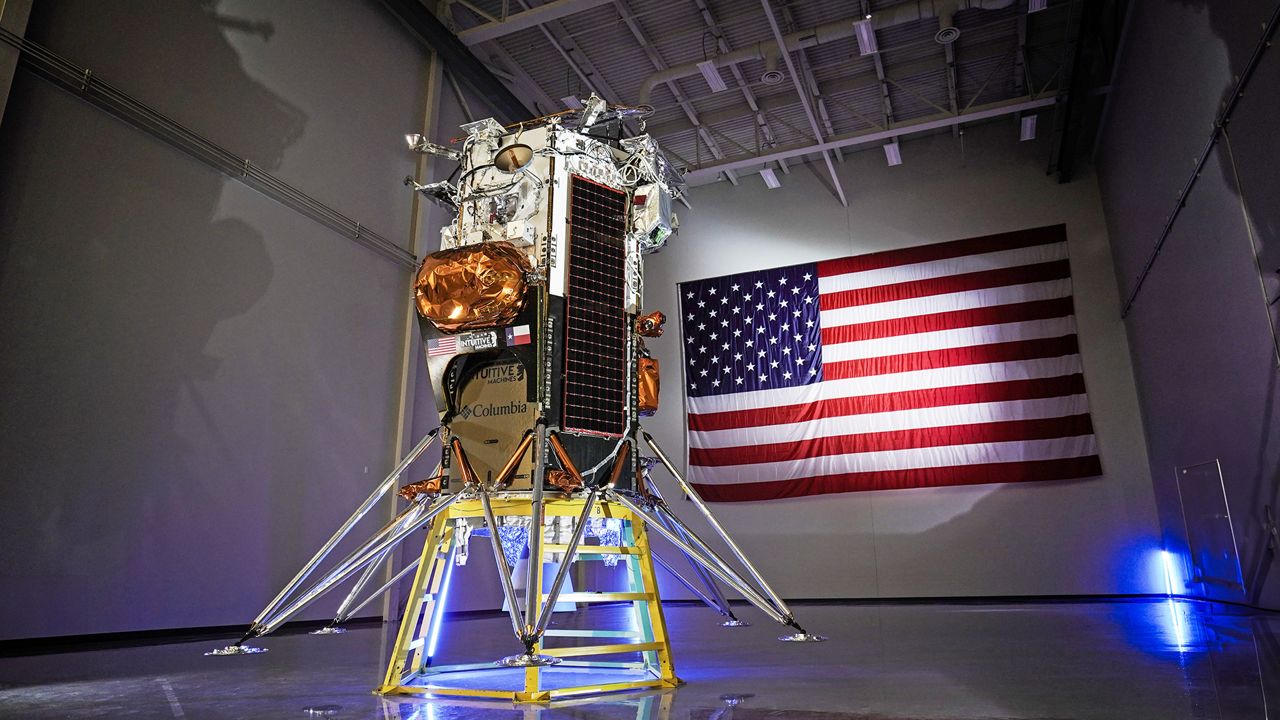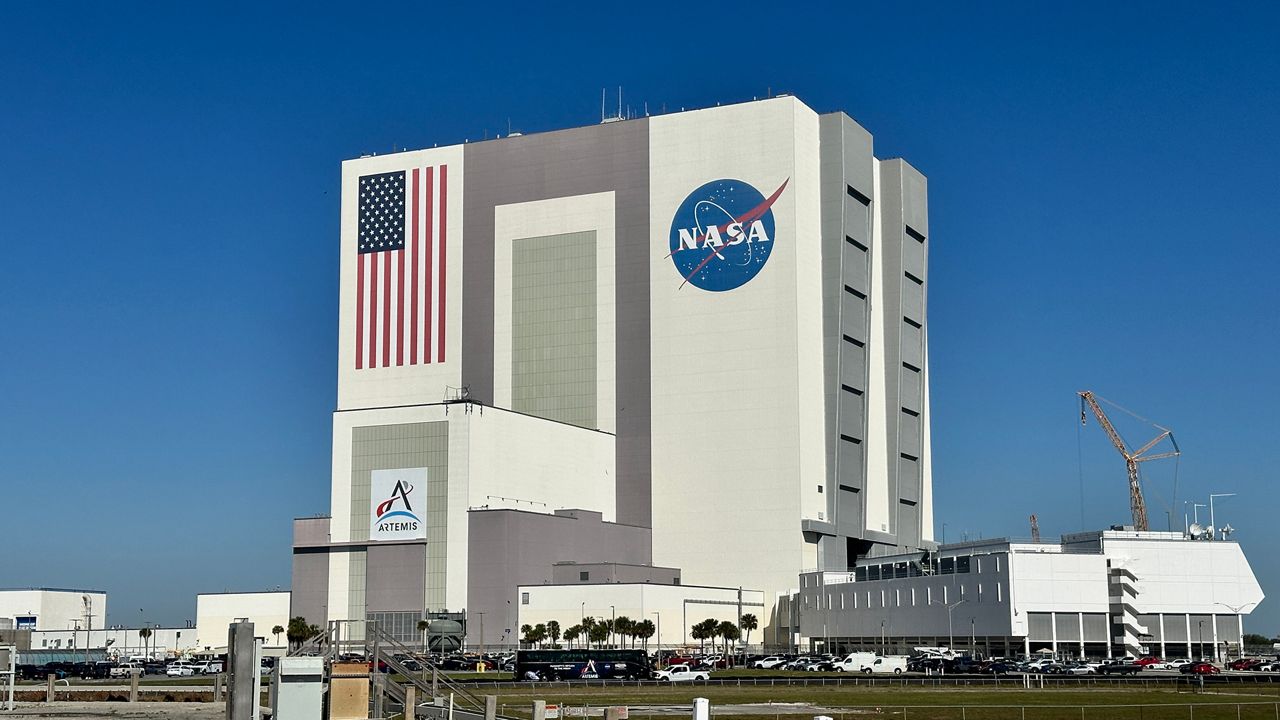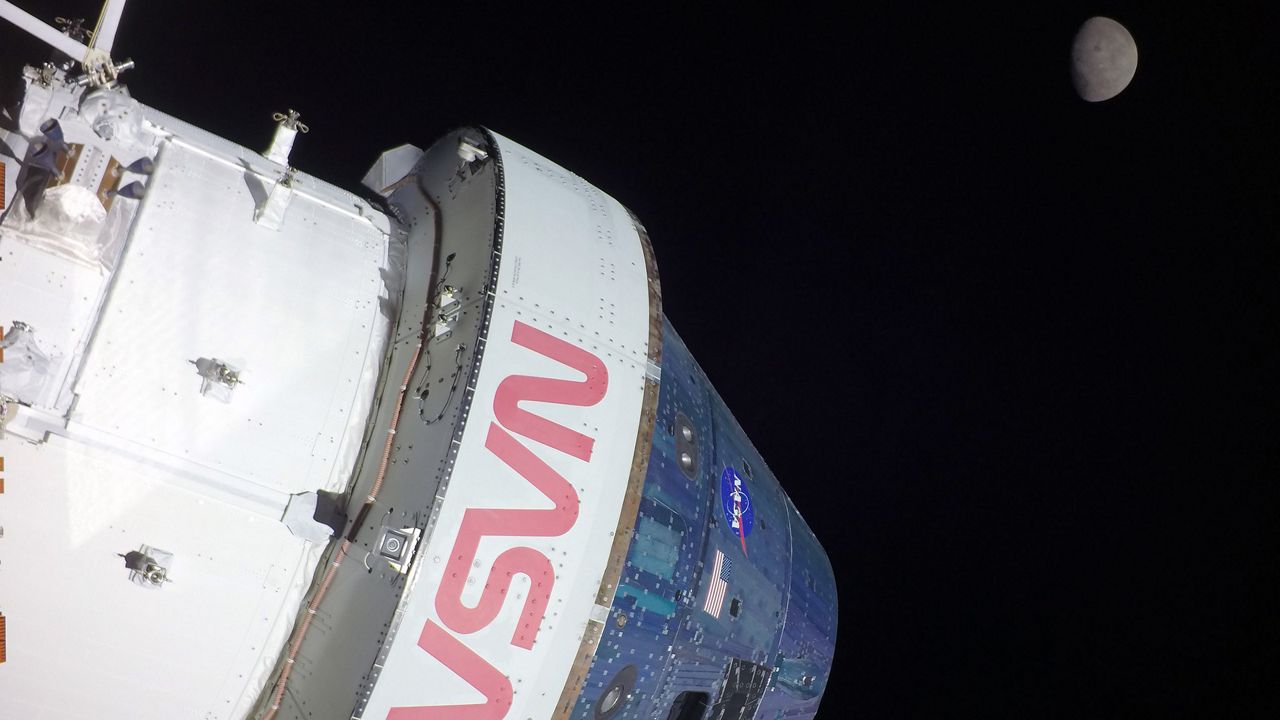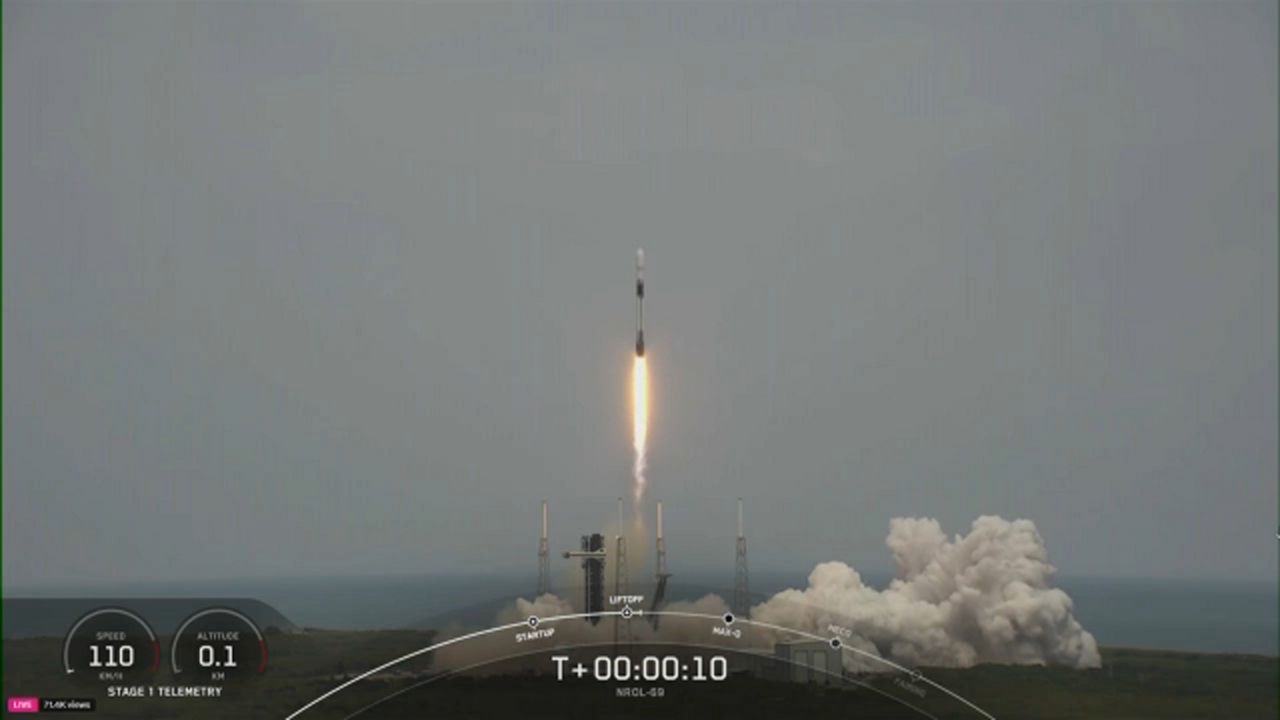KENNEDY SPACE CENTER — As NASA and Intuitive Machines prepare for the IM-1 moon mission next month, the company’s CEO says that space is the next commercial endeavor for many companies.
What You Need To Know
- Intuitive Machines CEO Steve Altemus explains to Spectrum News why space is the next big economic market
- The IM-1 moon mission is part of NASA’s Commercial Lunar Payload Services program
- Many American and private space companies are focusing on space
- The IM-1 mission is set to launch in mid-February 2024
Private company Intuitive Machines built the lunar lander, the Nova-C, to deliver small commercial payloads, like experiments and equipment, to crater Malapert A near the south pole of the moon.
As part of NASA’s Commercial Lunar Payload Services program, the Houston-based Intuitive Machines was selected for the IM-1 mission and received $77.5 million for the contract. The program allows NASA to work with various companies to deliver science, experiments and technology to the moon.
Hitching a ride on SpaceX’s Falcon 9 rocket, the IM-1 mission is expected to take off no earlier than mid-February. It was originally set to go up on Friday, Jan. 12, 2024, but Intuitive Machines stated that due to a change of SpaceX’s launch schedule.
Onboard will be several payloads for NASA, other private companies and Embry-Riddle Aeronautical University, as seen in the graphic below.
‘The evolution of a commercial market’
Anyone who has been following rocket launches in the last couple of years alone is familiar with such private companies like SpaceX and the United Launch Alliance, with them not just launching payloads like satellites for NASA but also military organizations and other companies.
Space is the next big economic market and it is just getting started, said Steve Altemus, the co-founder and CEO of Intuitive Machines.
“It’s very fascinating, thinking about the evolution of a commercial market, being a pioneer in a commercial endeavor, and opening new markets takes time,” Altemus explained to Spectrum News.
He said that back in 2018, Earth’s sister, the moon, became an interest, but there were no lunar landers or commercial lunar programs back then in the U.S.
But this need eventually became a new interest.
“Today, there are over a dozen landers being built, which is a new market, and because there were no lunar landers, there were no payloads or science instruments being commercially built for the moon. So, as we started to build our lunar program and offer services to fly commercial and civil equipment, instruments, and payload packages to the moon, the interest started,” Altemus said.
Just recently, ULA launched its Vulcan Centaur rocket on a maiden voyage. While the launch itself was successful, its payload was not. Private space company Astrobotic was geared to have its Peregrine lunar lander as the first commercial lander on the moon, with NASA experiments and the remains of those who wanted to be on Earth’s lunar sister. However, Astrobotic announced that will not likely happen as there is a fuel leak that will prevent the Peregrine from having a soft landing on the moon.
But these rockets, landers and other commercial payloads are not so different as to what came before, Altemus explained.
“As we look forward to the future, Intuitive Machines sees our early missions as a blueprint to commercialize a celestial body. We see a future where the company plays the same role as highways, railroads, and shipping lanes are for Earth, but at the moon,” Altemus commented, adding that this type of blueprint can be applied to when it comes to the next step in exploration, either Mars, the moons of Saturn or asteroids.
Getting to the moon is no easy task
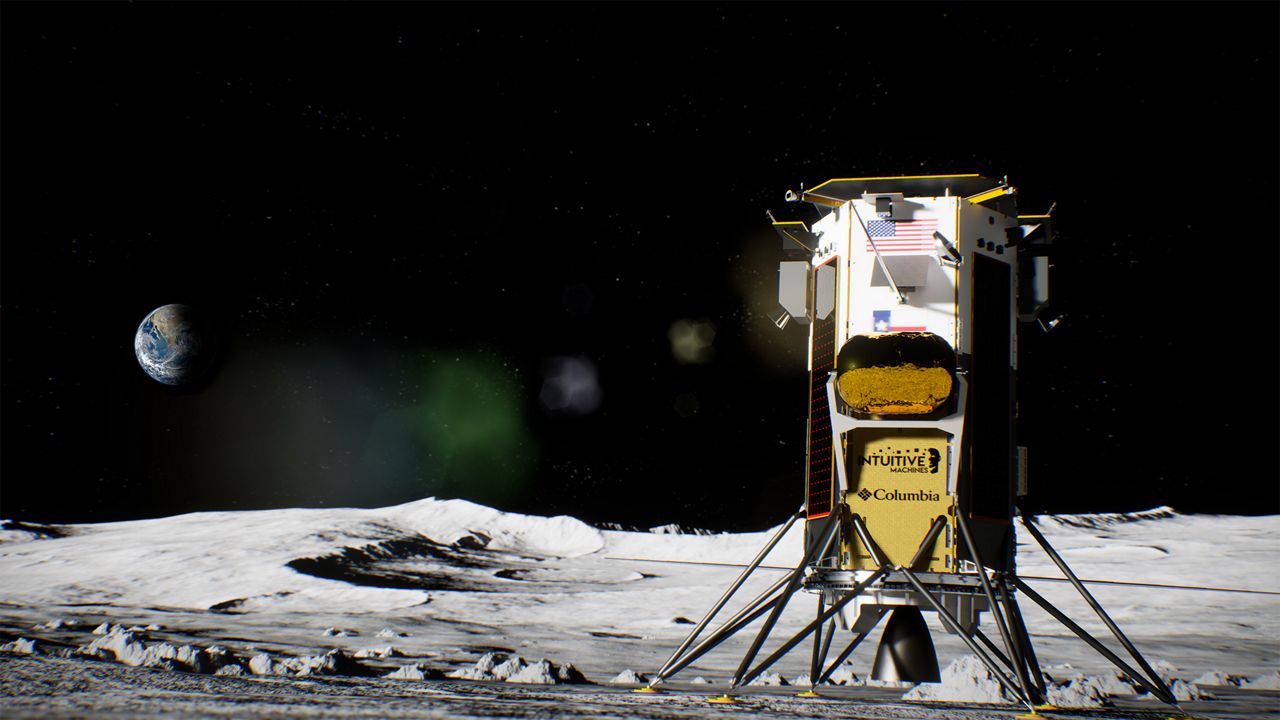
Just because NASA has successfully landed men on the moon six times does not mean it is an easy feat.
In America’s early days in the space race, it failed many times before getting it right.
“The total missions to the moon mounted by humankind in any form or fashion, 60% have failed. That includes all the success of Apollo, so it’s not an easy thing and we don’t kid ourselves about it, but we are engineers that know human spaceflight, we know the rigor of space systems required to go there,” noted Altemus.
And he is correct that very few moon missions are successful. In August of this year, India recently became the fourth country to successfully put a lander on the moon.
The two others were the Soviet Union and China. Even private companies have had a difficult time to land on the moon’s abrasive, rough soil. Besides Astrobotic’s attempt, Japan’s ispace company could not land its HAKUTO-R lunar lander in April 2023.
However, ispace plans to try again with Mission 2 as it eyes for the winter of 2024 to launch its lunar lander and micro rover to the moon.
But many do not see these as failures but the building blocks for the next step.
“When we think about the moon and the chances of crashing on the surface of the Moon or on the way to the moon, I have to think about all of what has happened before us and how much success we create every day. Every day we move forward one step closer to pushing the boundaries of success of commercial flights to the moon and we are prepared,” Altemus explained.




